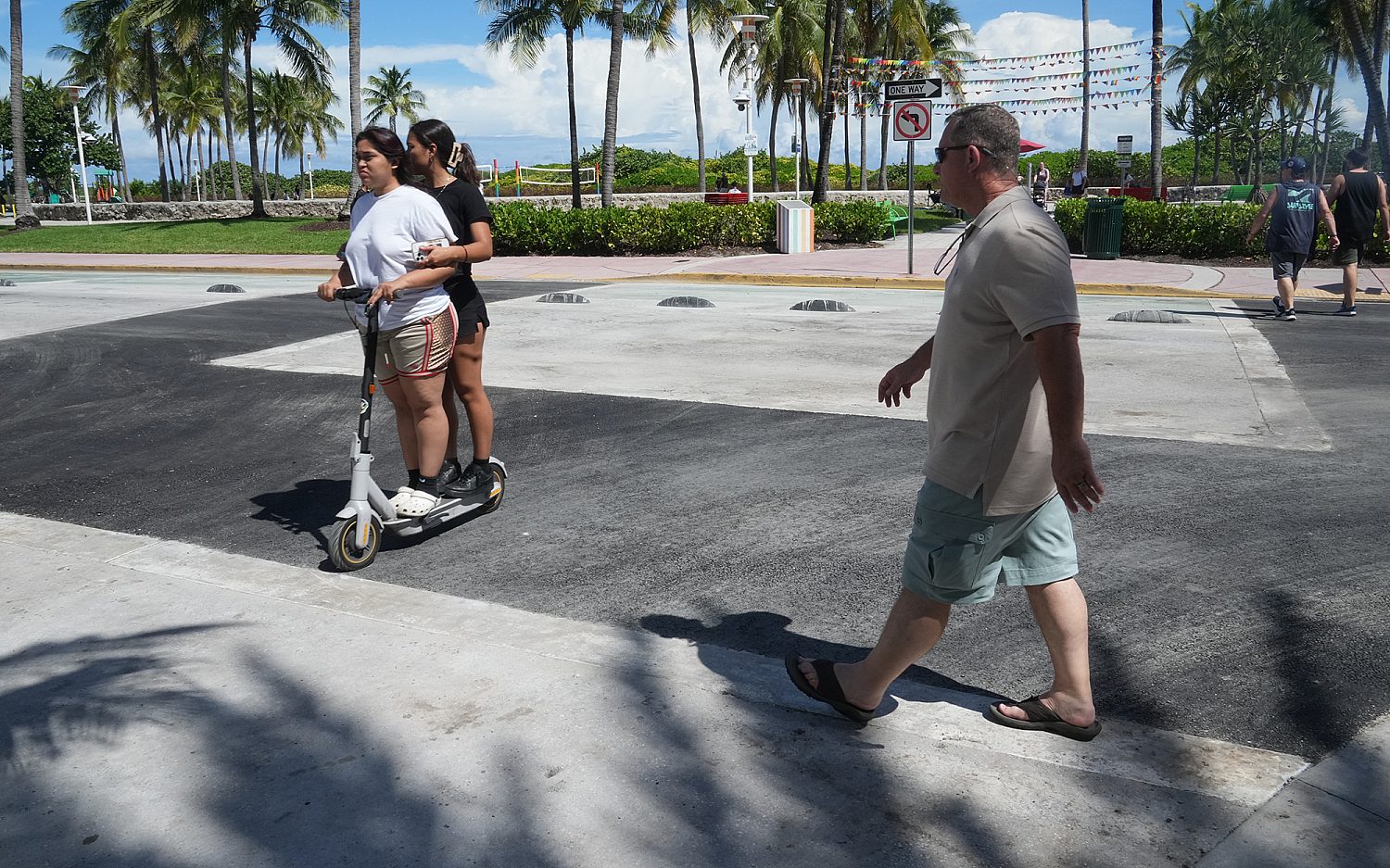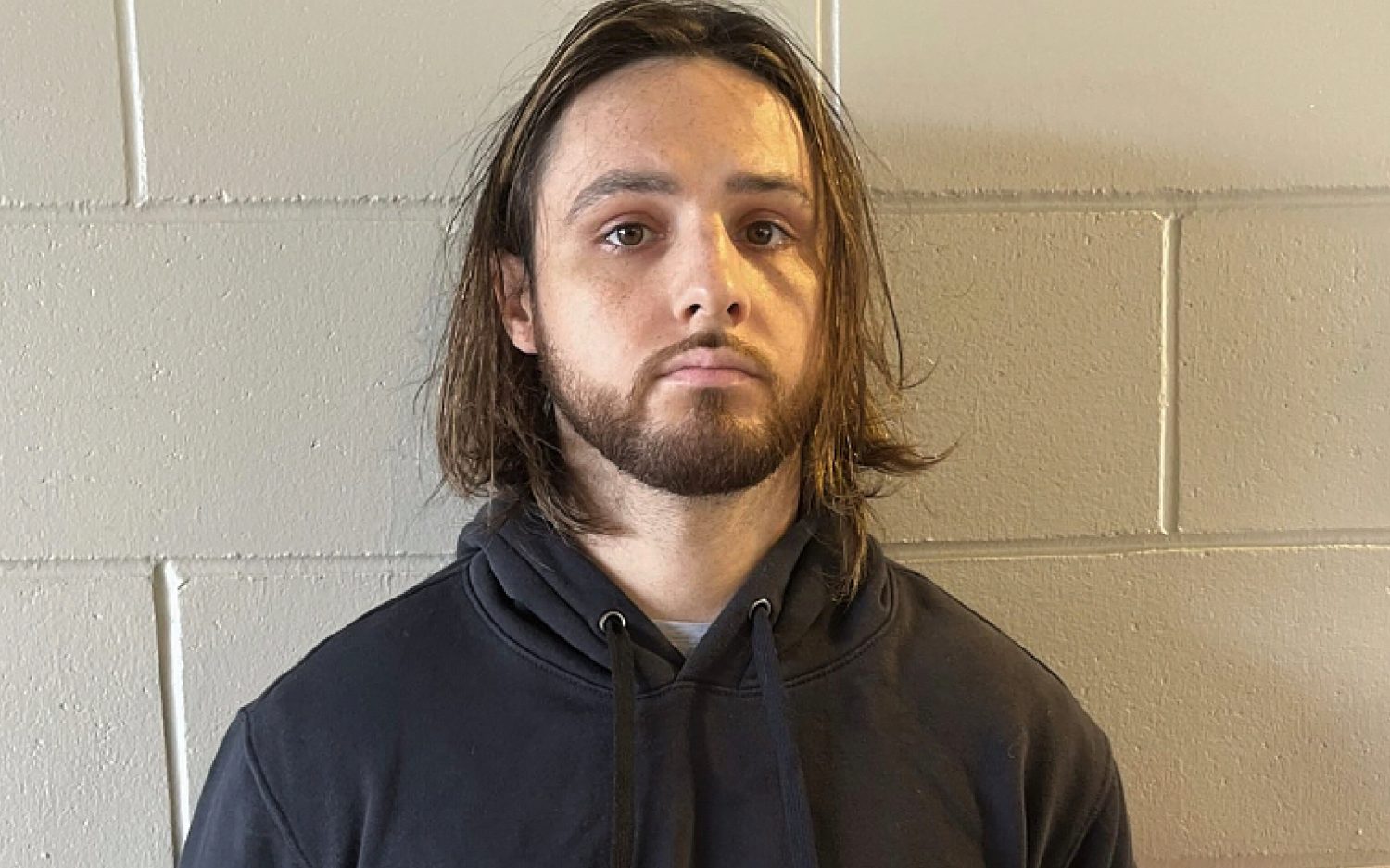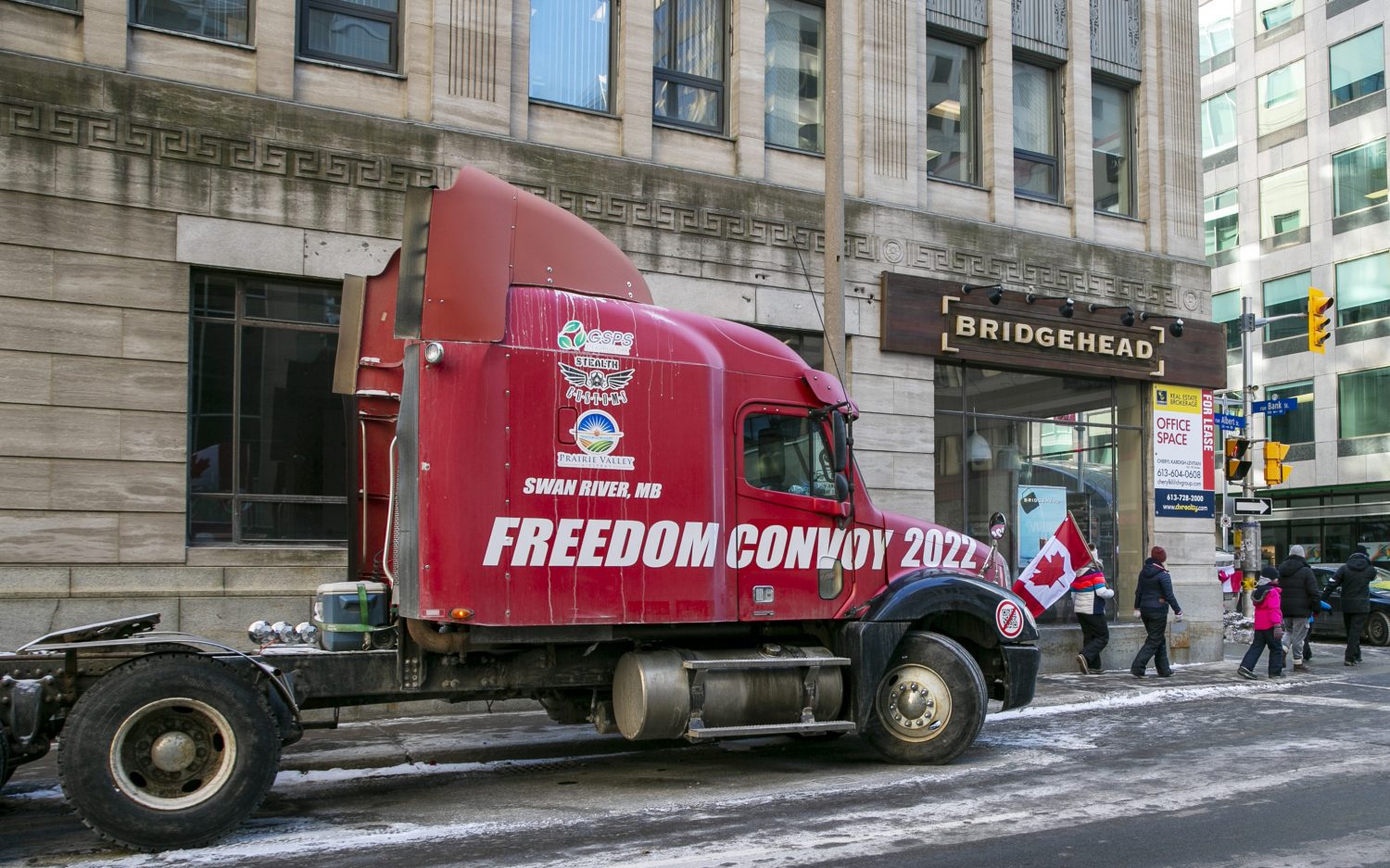Great risk, great reward
Paul and Susan Lim give life to an abandoned embryo, even though the pregnancy could cost Susan her eyesight
Last Monday and Tuesday we began real reality shows about single mom Megan Dancisak, 26, and her 16-month-old son Ethan, and young filmmakers Nathanael and Christina Matanick. Today we begin a third, about a brave woman risking her vision to give life to a child, and a husband who completes her.
Paul and Susan Lim, ages 44 and 41, have been married for 12 years. They have two children, ages 9 and 7, and await a new delivery—but not just any delivery. The Lims, living in Minnesota, chose five months ago to adopt two very small children: both embryos.
Those children exist via God’s will and man’s ingenuity, evidenced via in vitro fertilization. IVF is often an alternative for couples unable to conceive, but the process usually creates more embryos than couples want to implant, deliver, and raise. Since embryo storage incurs ongoing costs, parents often discard the frozen embryos they don’t want: About 600,000 fertilized eggs now sit frozen, and “most will die,” Paul Lim said. “It’s the moral equivalent of throwing your child out into the field.”
Some people choose embryo adoption because, unlike domestic adoption, birth mothers cannot back out at the last minute. It can come cheaper than domestic adoption and entails no legal wrangling or fees, since U.S. law identifies motherhood not with genetics but with gestation. But the Lims primarily saw embryo adoption as a means of rescue.
The Lims know medicine—he’s a plastic surgeon; she’s a pediatrician—and they said they wanted their adoptive children to hear their mother’s voice from the very beginning, during pregnancy. They knew the risks: One close friend had gone through three cycles of embryo implantation but never took home a baby. They weighed the options: Fertility clinics? Androgyny labs? Should they buy embryos online as though they were property?
They chose the National Embryo Donation Center (NEDC), a well-reputed organization that only allows married heterosexuals to become adoptive parents. A local adoption center conducted a formal home study. Doctors at NEDC’s Knoxville, Tenn., headquarters tested Susan for anatomic or hormonal abnormalities. After that nerve-wracking process, Susan rejoiced when they deemed her able to carry.
The Lims knew of only one potential difficulty. From 2008 to 2010, Paul worked as a surgeon and Susan as a pediatrician in an Ethiopian hospital, correcting cleft palates. While there, Susan discovered that new, leaky, and fragile blood vessels were growing in her right eye, killing retinal cells. She qualified as a high-risk patient, which forced the family to move back to the United States in 2010. She needed regular injections of the drug Avastin to stop extra blood cell production and save her vision—but she would not be able to take Avastin while pregnant, as it could harm the babies.
Nevertheless, the Lims went ahead and chose their embryos based on profiles emailed to them. They wanted their adopted children to share their East Asian heritage. They chose two embryos who came from a 36-year-old Chinese research scientist and a Chinese medical student sperm donor with a history of hay fever. In March 2013, doctors implanted into Susan’s womb the embryos they had chosen, now blastocysts—fertilized eggs about 100 cells big, each about the size of the head of a pin. The procedure took 30 minutes, and Susan spent the next day bed-bound in a hotel. Two weeks later, Susan learned she was pregnant.
The Lims felt attached to the children right away, but Susan’s vision problems reoccured. She began to see divots when she read fine print. Now a fourth of her field of vision from one eye is missing, and a black dot persists in her sight from the other. She refuses to treat the condition. Paul values her decision and said, “It has taught me the difference between courage and character. Courage is when you see something, fear it, and do it anyway. Character is when you don’t even think about it.” Asked about her eyesight, Susan said, “All is well in the world of Susan Lim.”
But all is not well in the larger world of pregnancies. The first IVF-produced baby, Louise Joy Brown, was born in 1978, “a bundle of squealing ethical questions and implications for the future of the species,” according to Time magazine. Since then, in vitro (Latin for “in the glass”) has provoked debate about humanity’s control over reproduction, but also 5 million babies have been born to couples unable to conceive. IVF’s success has also shone a light into the debate over the humanity of embryos, which has sometimes boiled down to individuality. Pro-abortion partisans assert that embryos are merely cells, parts of a woman’s body, yet the embryo living in Susan’s womb, an individual already, never shared any genetic material with her.
In any event, Susan’s first ultrasound revealed a beating heart and a little baby “swimming around.” With simultaneous senses of joy and loss, Susan asked, “Are you sure there isn’t another one?” There wasn’t. But the surviving child has lived in Susan’s womb for 25 weeks. The Lims expect to welcome their baby girl into the world around Christmas . And so far, Susan’s vision has remained the same.
WORLDmag.com will report every couple of weeks on how the Lims are doing.
An actual newsletter worth subscribing to instead of just a collection of links. —Adam
Sign up to receive The Sift email newsletter each weekday morning for the latest headlines from WORLD’s breaking news team.





Please wait while we load the latest comments...
Comments
Please register, subscribe, or log in to comment on this article.